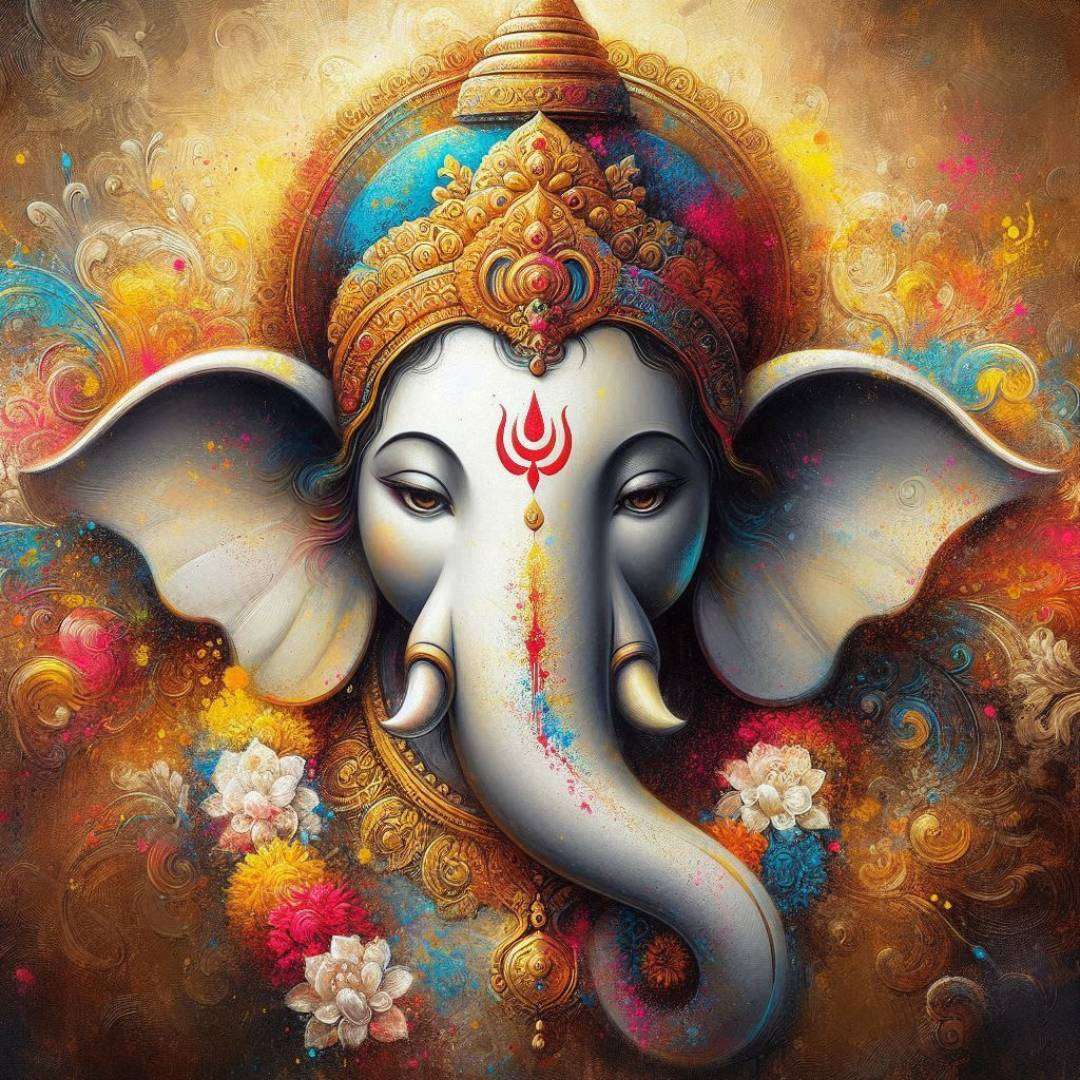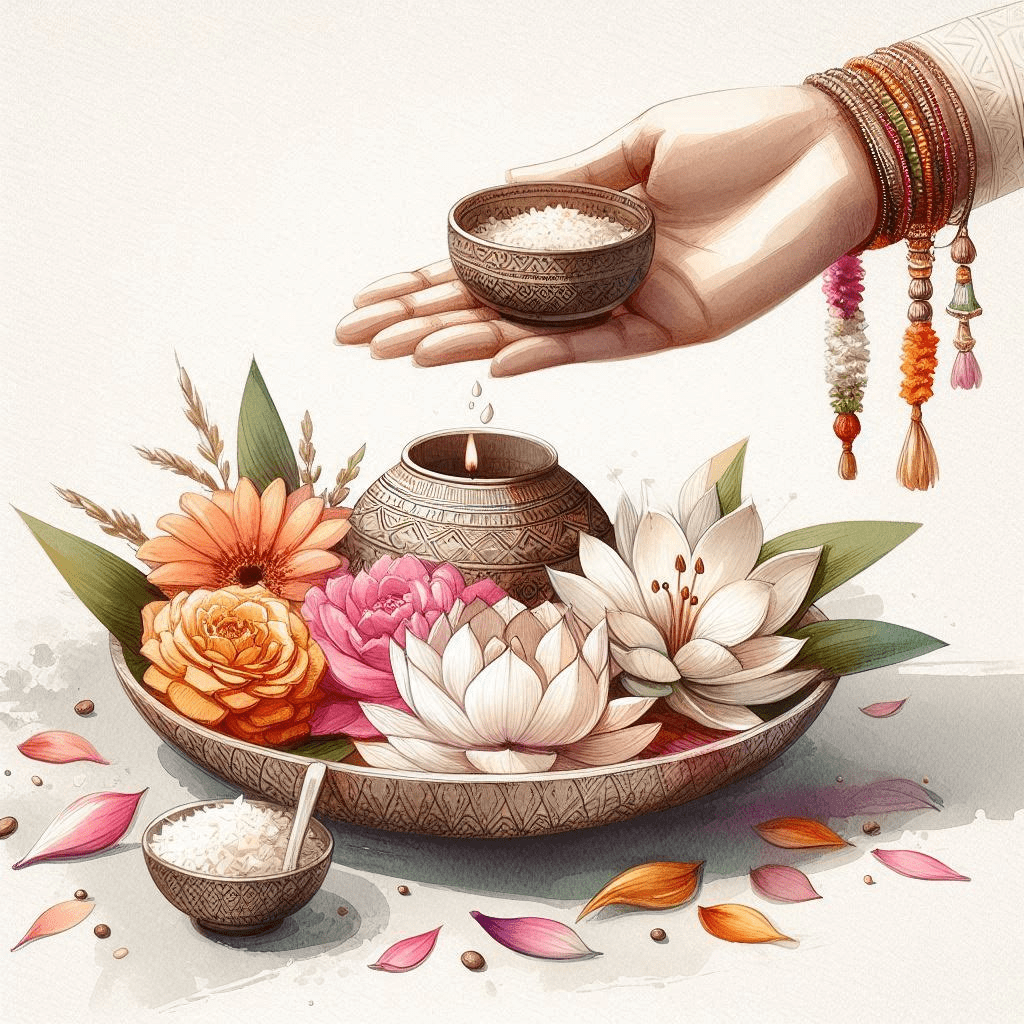Astrology is fascinating, right? But jab hum Nakshatra ki baat karte hain, things get a little tricky. Don’t worry! I’ll break it down for you in a super simple way.

What is a Nakshatra?
In Vedic astrology, the zodiac (rashi) is divided into 27 Nakshatras (constellations). Each Nakshatra has its own ruling planet, deity, and personality traits. Toh basically, your Nakshatra can tell a lot about your nature, strengths, and even the kind of challenges you may face.
Did you know?
Your Nakshatra is determined by the position of the moon at the time of your birth. So, it plays a huge role in shaping your personality!
How Does Your Nakshatra Shape You?
Chalo, let’s explore some Nakshatras and what they reveal about you!
1. Ashwini (Speedy and Energetic)
If you belong to the Ashwini Nakshatra, you are fast, full of energy, and always on the go! Log aapko ek born leader maante hain, and you love adventure. But thoda patience bhi zaroori hai, warna cheezein out of control ho sakti hain!
👉 Do you often take decisions impulsively?
2. Bharani (Passionate and Determined)
People born under Bharani Nakshatra are super passionate. Jo bhi kaam karte hain, usme poora dil laga dete hain. But sometimes, you might struggle with emotional ups and downs.
👉 Do you feel things deeply and find it hard to let go?
3. Rohini (Creative and Charming)
If your Nakshatra is Rohini, then creativity flows in your blood! Aapko luxury aur beauty pasand hoti hai, and people are naturally drawn towards you. However, you might need to work on not getting too materialistic.
👉 Do you find happiness in artistic or luxurious things?
4. Magha (Royal and Proud)
Magha Nakshatra ke log natural-born leaders hote hain! You love being in charge and have a strong connection with your ancestors. Bas thoda ego control karna zaroori hai, warna log aapko arrogant samajh sakte hain.
👉 Do you feel a deep sense of pride in your family roots?
5. Anuradha (Friendly and Diplomatic)
People of Anuradha Nakshatra are social butterflies! Aapko dosti karna pasand hai, aur aap naturally logon ko samajhne me expert ho. But sometimes, trusting the wrong people can be a problem.
👉 Do you always find yourself solving other people’s problems?
Nakshatra and Your Life Path
Your Nakshatra doesn’t just define your personality; it also influences your career, relationships, and life decisions. Isliye, knowing your Nakshatra can help you make better choices in life.
Quick Nakshatra Guide:
- Fiery Nakshatras (Ashwini, Krittika, Magha) – Bold, energetic, and natural leaders.
- Earthy Nakshatras (Rohini, Uttaraphalguni, Uttarashadha) – Stable, practical, and hardworking.
- Airy Nakshatras (Mrigashira, Chitra, Swati) – Curious, intelligent, and communicative.
- Watery Nakshatras (Revati, Anuradha, Purvabhadra) – Emotional, sensitive, and intuitive.
Final Thoughts
Aapka Nakshatra ek blueprint hai jo aapke personality traits ko reflect karta hai. But remember, astrology can guide you, lekin ultimately, your choices shape your life. So, use your strengths and work on your weaknesses!
Kya aapko laga aapka Nakshatra aapki personality se match hota hai? Tell me in the comments! 🌙✨













